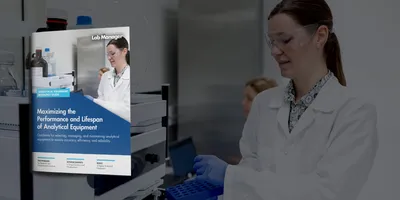
TOKYO, JAPAN — Researchers from Tokyo Metropolitan University have gained new insight into the dynamics of foams in a recently-published study. In the scientists' work, when a drop of water was added to a foam raft, the bubbles rearranged themselves to reach a new stable state. The team found that bubble movement was qualitatively different depending on the range of bubble sizes present. Along with analogies with soft-jammed materials, these findings may inspire the design of new foam materials for industry.
Foams are everywhere. Whether it's soaps and detergents, meringues, beer foam, cosmetics or insulation for clothing and building, we're surrounded by everyday materials featuring a foam material. The application of foams tends to take advantage of their unique structure, which is why understanding how their structure can change over time is so important.
A team led by professor Rei Kurita of Tokyo Metropolitan University have been studying liquid foams, like those made with detergent and water at home. They were interested in understanding how the bubbles of a foam rearrange themselves. While previous studies usually applied a force to the foam with a prod to the side, the team adopted the much gentler method of adding a tiny amount of water, preserving the bubbles but changing the conditions enough for the bubbles to rearrange themselves and find a new stable state. This made it much easier to see how subtle environmental nudges or perturbations lead to small, isolated bubble relaxation events.

By filming the bubbles rearranging themselves, the team showed for the first time that rearrangements were fundamentally different depending on the range of bubble sizes present in the foam. When the bubbles were roughly the same size, or monodisperse, they arranged themselves in a hexagonal, honeycomb formation. Upon adding water, the bubbles that moved tended to shuffle in the same direction over long distances, along the lines of the honeycomb. Conversely, when there were many small and large particles, the initial arrangement was much less ordered. Rearrangements in this polydisperse foam were random, with adjacent bubbles moving in all sorts of directions. The videos they took allowed the team to extract a dynamical correlation length, the length scale over which bubbles move in similar directions. Tracking how this length changes under different conditions is crucial to placing foam materials within the broad framework of condensed matter physics. Interestingly, the unique correlated motion observed in the hexagonal foam didn't depend on adjacent bubbles being in contact: they simply needed to be close enough to form well-ordered patterns.
The team went on to compare this behavior to simulations of packings of soft particles with different ranges of sizes. They found very similar behavior, showing clearly that this was not a quirk of liquid foams, but a general feature of soft particles that have been jammed together. These insights into how foams react to the subtlest of environmental cues may one day inform how foams are kept stable or fluid, and how soft jammed materials are handled in industrial processes.
- This press release was supplied by Tokyo Metropolitan University. It has been edited for style











